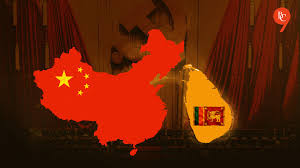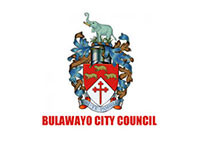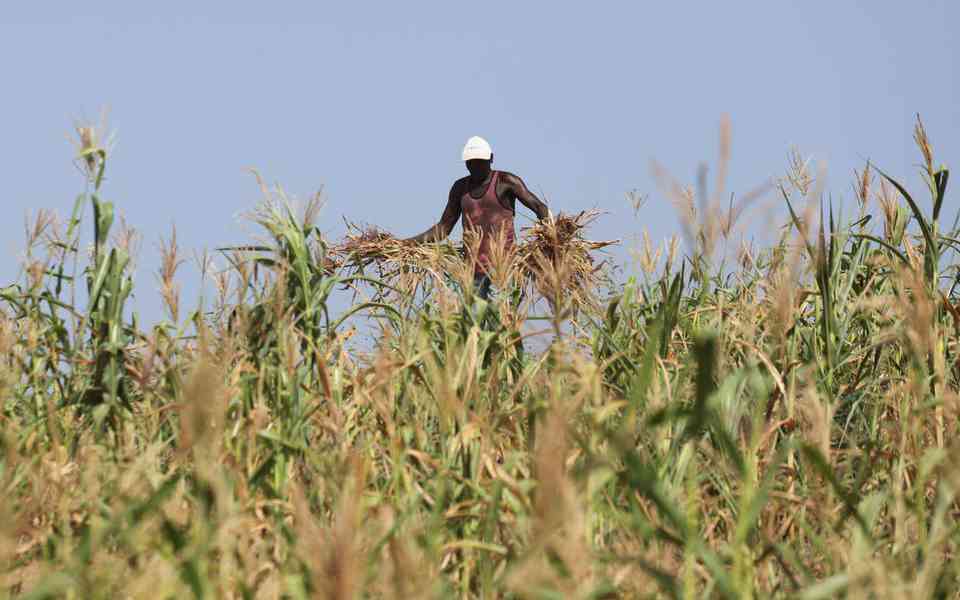
China seems to be gearing up to further ensnare Sri Lanka in its debt trap. This became evident when Sri Lankan President Anura Kumara Dissanayake undertook a four-day visit to China in mid-January this year. During the visit, China sealed several agreements with Sri Lanka, including a $3.7 billion deal for setting up an oil refinery in Hambantota with Sinopec. Under the Belt and Road Initiative (BRI), Beijing agreed to invest in Sri Lanka’s infrastructure development. However, this comes despite the fact that projects like the Lotus Tower, Mattala Rajapaksa International Airport, Hambantota International Port, Hambantota Conference Hall, and Port City Colombo — all built under China’s initiative — have already proven to be white elephants, contributing to Sri Lanka’s worst economic crisis in 2022 and 2023.Chinese loans have piled up for Sri Lanka, accounting for 52% of the island nation’s total foreign debt of $46.9 billion. Between 2000 and 2020 alone, China extended close to $12 billion in loans to Sri Lanka, funding major infrastructure projects. The interest rates on these loans were significantly higher compared to those from the IMF, the World Bank, Japan, and other countries.
China provided loans at a 4% interest rate, with a shorter repayment period of around 10 years, compared to 24 to 28 years for loans from Japan and other Western countries. The interest rate on commercial borrowings from Chinese banks was even more staggering: Sri Lanka took loans from Chinese banks at an exorbitant 6% interest rate.
Moreover, when crisis-hit Sri Lanka was moving from pillar to post in 2022 to restructure its debt with China and secure loans from the IMF to overcome the shortage of foreign exchange that left Colombo unable to finance even essential imports like food and fuel, Beijing simply dithered.
In April 2023, China did not join talks held by Sri Lanka’s other major creditors to restructure the island nation’s debt. Only after constant appeals from the IMF and other countries did Beijing, the largest creditor of Colombo, agree to restructure its loans.
Following this, the IMF provided the first tranche of $330 million out of a $3 billion rescue package approved for crisis-stricken Sri Lanka in 2023. However, for the subsequent tranche of loans from the IMF, China once again delayed the restructuring of its loans. In November 2023, Sri Lanka reached an agreement with China to restructure $4.2 billion of debt. These developments, however, left a deep mark on Sri Lankans’ psyche, as China appeared to be a partner who reluctantly came forward to relieve the island nation of its economic pains.
Despite this, when Sri Lankan President Anura Kumara Dissanayake recently visited China, he was overwhelmed by President Xi Jinping’s warmth and the red-carpet welcome. In his opening remarks, as per the Associated Press, President Xi said: “I am willing to work with you, Mr. President, to chart a new vision for the development of bilateral relations and promote new and greater achievements in China-Sri Lanka friendly cooperation.”
These sugar-coated words from the Chinese President, coupled with Beijing’s intent to deepen its influence in Sri Lanka, a strategically important nation in the Indian Ocean Region, led to the creation of pro-Colombo atmospherics. This ultimately resulted in the two countries signing a series of agreements, including advancing BRI projects such as Colombo Port City and Hambantota Port.
With this, China has once again demonstrated that in the game of geopolitics in the region, it is difficult to predict Beijing’s long-term plans. This was evident when China’s state-backed oil firm, Sinopec, entered into a deal with Sri Lanka to set up a refinery in Hambantota, whose port has already been leased to China Merchants Port Holdings Company Limited for 99 years.
- The brains behind Matavire’s immortalisation
- Bullets shoot down Chiefs
- ‘Airports expansion will boost passenger handling capacity’
- Lady Sables bounce back to thrash Namibia
Keep Reading
The refinery would require Chinese vessels to visit Sri Lankan ports, which would expand China’s scope for espionage and tracking foreign ships passing through the Arabian Sea. In December, the Sri Lankan government eased a one-year ban on foreign research ships docking at its ports — a move that analysts fear may be misused by China to serve its strategic goals in the Indian Ocean Region.
More concerning is the question raised by some strategists and foreign experts: whether Sri Lanka, already submerged in huge external debt, will be able to afford further investments under the BRI. They fear that any future financial meltdown in Sri Lanka could allow China to take control of the island nation’s assets, as seen in the case of the Hambantota Port.
The reporter is a research associate at the Organisation for Research on China and Asia (ORCA).







